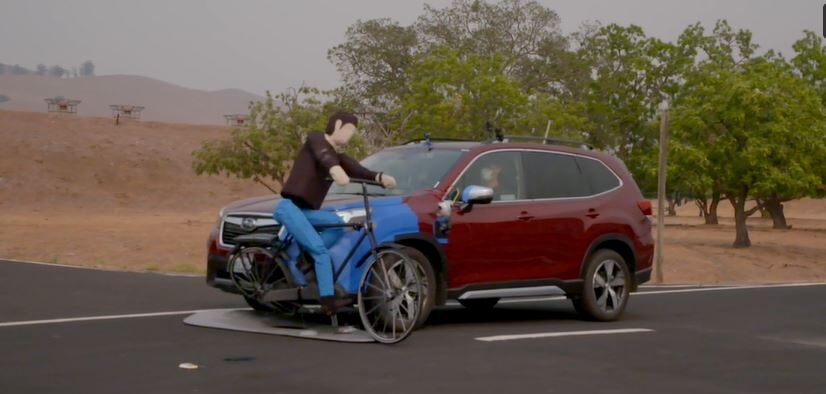The American Automobile Association’s (AAA) latest survey of attitudes to autonomous vehicles has shown that US drivers overwhelmingly want auto makers to improve the performance of existing driver support features rather than develop self-driving cars.
The organization notes that this desire is backed by another round of AAA testing that revealed that inconsistent performance remains a problem with available driving assistance systems, resulting in crashes with a car and a cyclist. The failures occurred regardless of vehicle make and model. It is the third time AAA has studied the performance of these systems and the organization is urging auto makers to listen to consumers and improve what is currently available before focusing on future technology.
“You can’t sell consumers on the future if they don’t trust the present,” said Greg Brannon, director of automotive engineering at AAA. “And drivers tell us they expect their current driving assistance technology to perform safely all the time. But unfortunately, our testing demonstrates spotty performance is the norm rather than the exception.”
Consumers surveyed told AAA they are more interested in improved vehicle safety systems (77%) versus self-driving cars (18%). But new testing, the third round by the AAA’s automotive engineering team in the last few years, found that vehicles with active driving assistance systems (also known as Level 2 systems as defined by SAE) failed to consistently avoid crashes with another car or bicycle during 15 test runs. A bicyclist dummy and a foam car similar to a small hatchback were used for this testing.
The research vehicles performed as expected during the closed-course testing for routine situations, such as approaching a slow-moving vehicle or bicyclist from behind. However, all test vehicles collided with either the simulated passenger car or the adult cyclist multiple times during ‘edge-case’ testing, like a car approaching head-on or a bicyclist crossing directly in front of the test car. This reinforces recent AAA research calling for direct driver monitoring systems with camera-based technology to be integrated into active driving assistance systems.
“While it may be encouraging that these driving systems successfully spotted slow-moving cars and bicyclists in the same lane, the failure to spot a crossing bike rider or an oncoming vehicle is alarming,” added Brannon. “A head-on crash is the deadliest kind, and these systems should be optimized for the situations where they can help the most.”
Since 2016, AAA has surveyed consumers about driving assistance systems and self-driving cars to track sentiment regarding emerging vehicle technology. Key survey findings demonstrate that while consumer interest in driving assistance vehicle technology remains steady, there is more interest in familiar features that consumers perceive to be designed for their safety, such as automatic emergency braking.
Meanwhile, consumer distrust of fully self-driving vehicles remains high. AAA found that 85% are fearful or unsure of self-driving technology, a level that has remained steady for the past several years. When transporting their children or loved ones, 85% also said they would not be comfortable with using a self-driving vehicle. The data also revealed a troubling belief in commercially available self-driving cars, with 12% incorrectly thinking they could buy such a vehicle and 53% being unsure if they could.
Closed-course testing was undertaken at AAA Northern California, Nevada, and Utah’s GoMentum Station proving ground in Concord, California. Using a defined set of criteria, AAA selected the following vehicles for testing: 2021 Subaru Forester with ‘EyeSight’, 2021 Hyundai Santa Fe with ‘Highway Driving Assist’ and a 2020 Tesla Model 3 with ‘Autopilot’. The vehicles were sourced from the manufacturer or specialty rental fleets.


